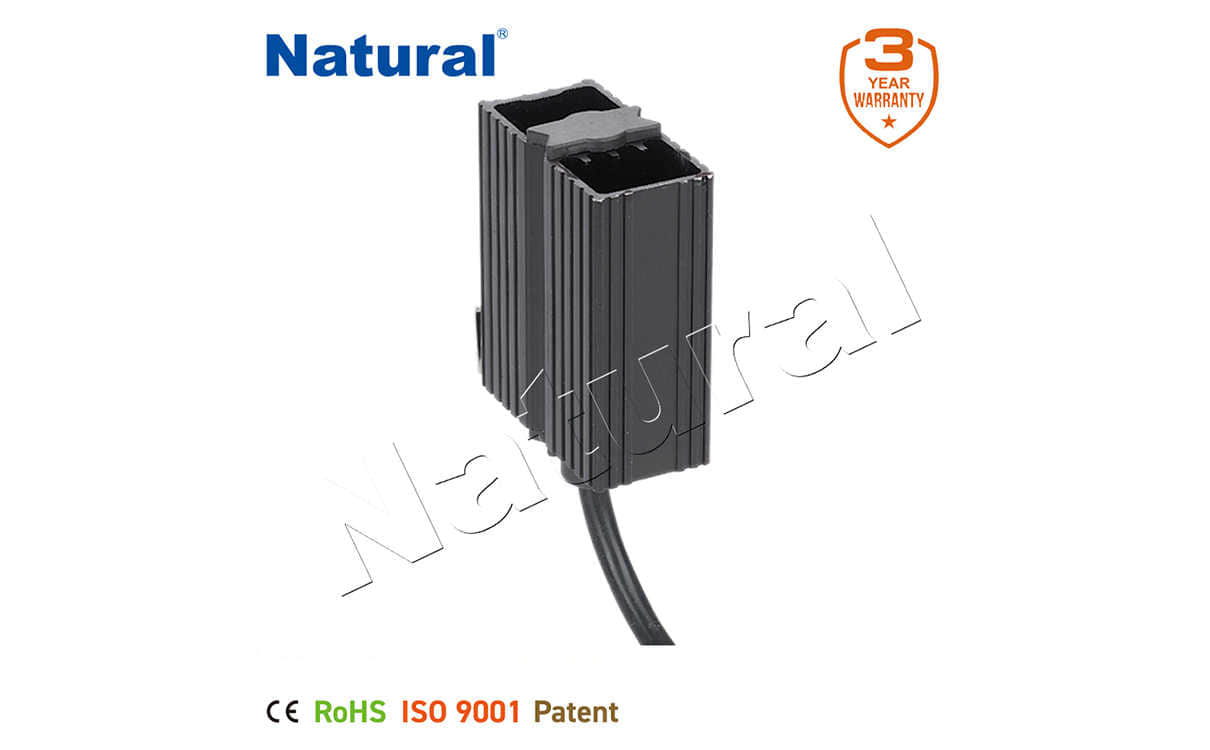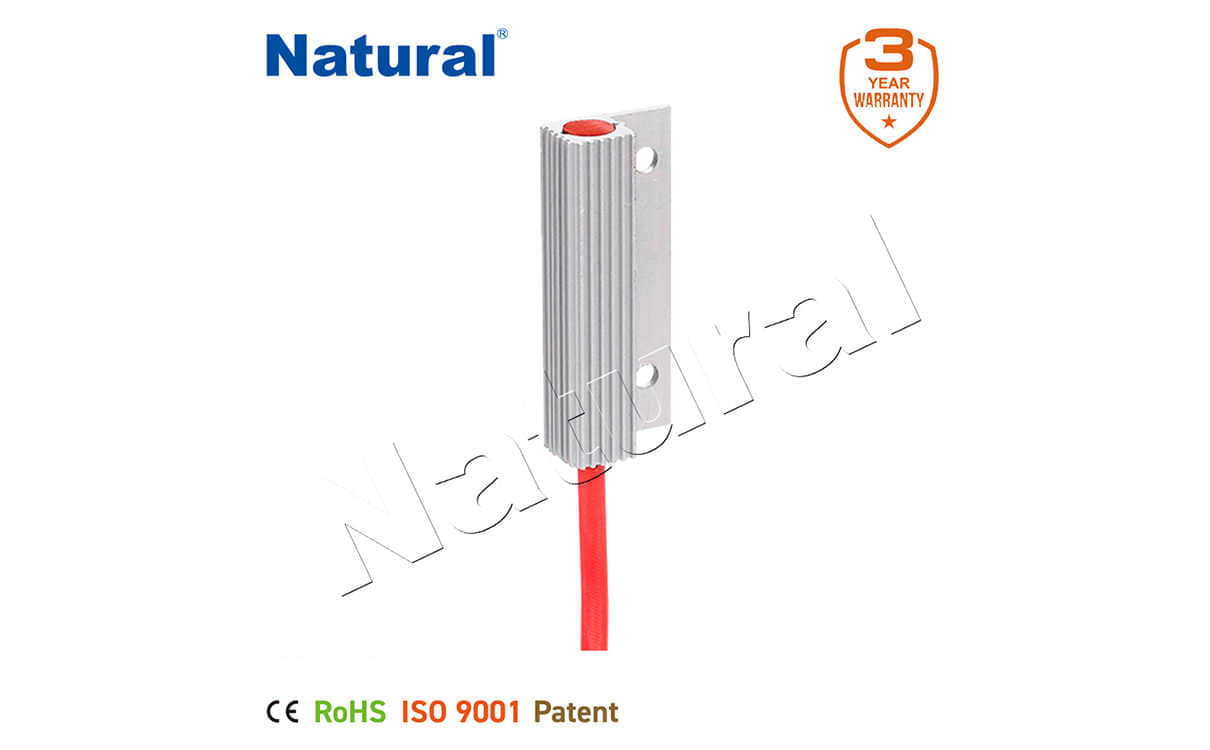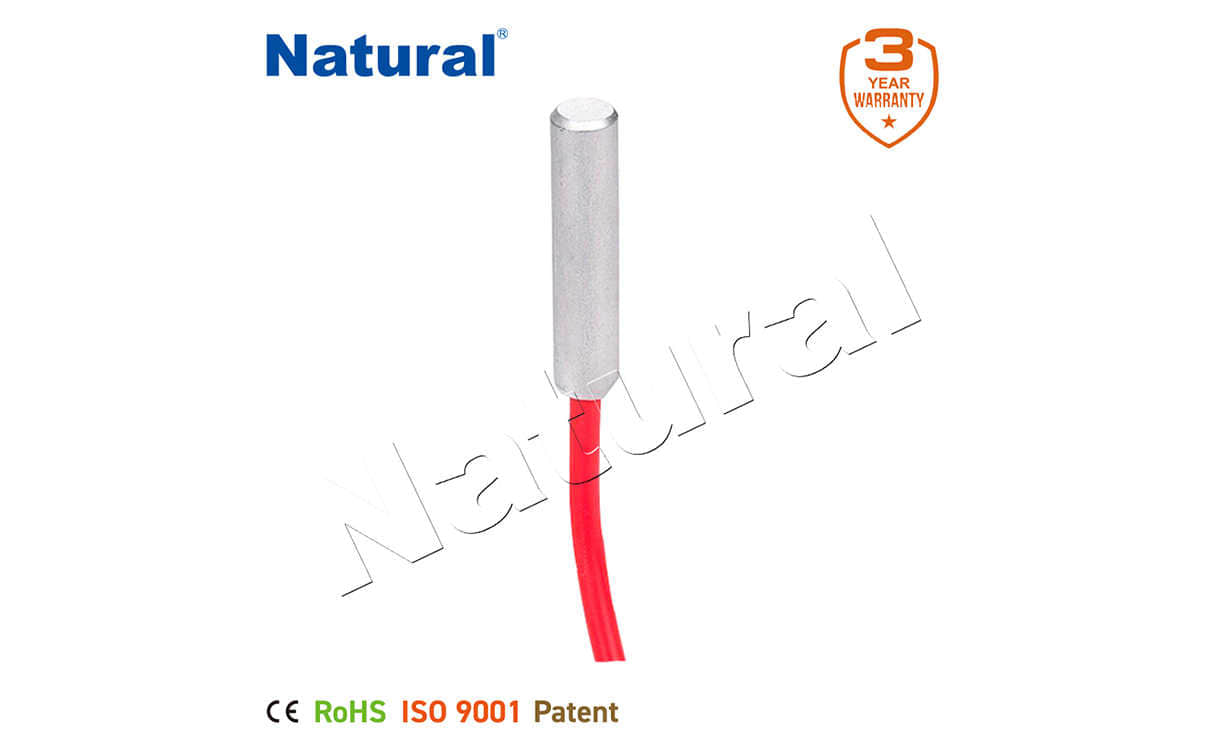 28 items Patent
28 items Patent
 28 items Patent
28 items Patent
 28 items Patent
28 items Patent

A Semiconductor Heater is an innovative heating device that utilizes the unique properties of semiconductor materials to convert electrical energy into heat. Unlike traditional metal-based heaters that rely on resistance heating, semiconductor heaters leverage the characteristics of semiconductors, providing efficient and precise temperature control. This technology has found applications in a variety of industries due to its energy efficiency, compact design, and accurate temperature regulation capabilities. In this article, we will explore the working principle, advantages, and practical uses of semiconductor heaters, shedding light on why they are becoming increasingly popular in various fields.

Working Principle of Semiconductor Heaters

